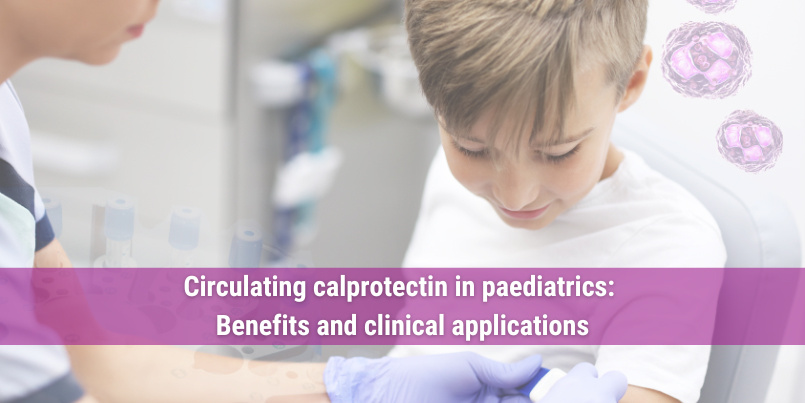
The KDIGO (Kidney Disease: Improving Global Outcomes) 2024 Clinical Practice Guideline for the Evaluation and Management of Chronic Kidney Disease (CKD) acknowledges the necessity for widespread availability of cystatin C testing, and further suggests that cystatin C should be used in combination with creatinine when available. This approach aims to strike a balance between the additional costs and the benefits from incorporating cystatin C into CKD management.
Comparing the cost of cystatin C to creatinine
The cost of cystatin C is often compared to creatinine, the primary biomarker utilised in assessing kidney health, which has led to the perception that cystatin C testing is costly. This is one of the reasons for the hesitation within health systems to order cystatin C, and therefore also one of the biggest barriers to making the test readily available to clinicians and patients. The underlying issue here is not that cystatin C testing is expensive, but that creatinine is so cheap that it could make even a reasonably priced test seem costly.
Some major health systems in the US currently conduct between 400 000 and 500 000 creatinine tests annually at a cost between USD 0.20 and 0.50 per test. By contrast, the same health systems typically conduct less than a 1200 cystatin C tests per year.
Cost-effectiveness of scaling cystatin C testing
A lower number of requests for cystatin C tests discourages labs from dedicating the resources needed to incorporate it into their test catalogues, and limited competition among commercial labs has pushed the price range for a single cystatin C test to between USD 30 and as much as USD 200+ as seen on some hospital charge masters.
Conducting a single cystatin C test daily incurs reagent costs of USD 75-100. However, scaling up to, for example, 3000 tests per month significantly reduces the per-test reagent expense to USD 5-10. This reduction in cost per test is a direct consequence of increased volume, showcasing the potential for cost-effectiveness in cystatin C testing when implemented at scale.
.jpg?width=800&height=250&name=CTA(45).jpg)
An inverse relationship exists between test volumes and reagent cost
The relationship between test volumes and reagent costs is tied to the operational dynamics of automated clinical chemistry analysers. The standard assay is composed of three components:
- Test reagents
- Quality control reagents
- Calibration reagents
Notably, it’s only the test reagent volume that changes depending on the number of patient samples being tested. Running more samples allows the cost of the control and calibration reagents to be spread across a larger number of tests, bringing down the overall cost of the test. For instance, a health system conducting a 10 000 cystatin C tests annually will reduce their cost per test by up to 80% compared to a hospital performing around 1000 cystatin C tests. This is due to the economies of scale achieved through increased testing volume.
Considering implementing cystatin C testing?
Implementing cystatin C testing requires considerations such as one-time costs for setting up the assay within a laboratory and ongoing expenses for maintaining the assay. Despite reagent costs being higher than creatinine, they are lower compared to other commonly used biomarkers, making cystatin C a cost-effective option for accurate GFR assessment when weighed against its benefit.
Advocating increased use of cystatin C
In conclusion, cystatin C offers a valuable addition to kidney disease management, providing a more accurate assessment of GFR, especially in vulnerable populations. The 2024 KDIGO guideline advocates the increased use of cystatin C, and as it becomes more widely available, it can help improve the accuracy of kidney function assessment and support personalised care plans for individuals with kidney disease, and at the same time working towards a more cost-effectiveness in cystatin C testing when implemented at scale.
Contact us for more information
Explore cystatin C in your clinical practise or laboratory - fill out the form or send an email to marketing@gentian.com for more information about the product and prices.
This website may contain information about products that are not registered for use in your country of residence and may not comply with applicable laws or regulations in that country. We do not take any responsibility for accessing such information in those circumstances.
![]()


.jpg)
.jpg)